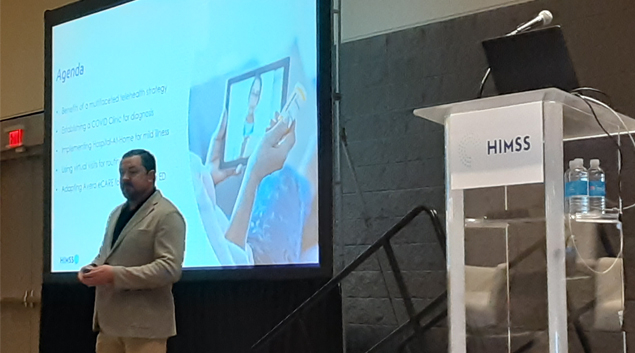
@ShahidNShah


By reimagining the technology it was already using, the South Dakota health system has also preserved supplies and earned high satisfaction. In the spring of 2020, the virus that causes COVID-19 was tearing across the country and wreaking havoc on patients and the healthcare systems that served them. No hospital, system or ancillary facility was left unaffected.
In South Dakota, when the regional health system Avera Health saw clinics shut down and its hospitals in near lock-down mode, Avera knew it had to get creative. Its approach was remote patient monitoring, a solution that has worked so well the hospital system is continuing the care-at-home program.
Dr. Andy Burchett, Avera's chief medical information officer and chair of family medicine, was instrumental in pushing the program, which in some ways grew out of the health system's telehealth program.
In his session "Remote Patient Monitoring: Reaching Out and Breaking Through" at the HIMSS22 conference in Orlando, Florida, last week, Burchett said that after tweaking the payment model, absorbing some of the cost and picking a platform, Avera committed to bridging the hospital-to-home gap.
Continue reading at healthcarefinancenews.com
MACT is a health care innovation developed by the Icahn School of Medicine at Mount Sinai and modeled after a similar program Hospital at Home pioneered at the Johns Hopkins University Schools of …
Connecting innovation decision makers to authoritative information, institutions, people and insights.
Medigy accurately delivers healthcare and technology information, news and insight from around the world.
Medigy surfaces the world's best crowdsourced health tech offerings with social interactions and peer reviews.
© 2025 Netspective Foundation, Inc. All Rights Reserved.
Built on Apr 22, 2025 at 4:40am